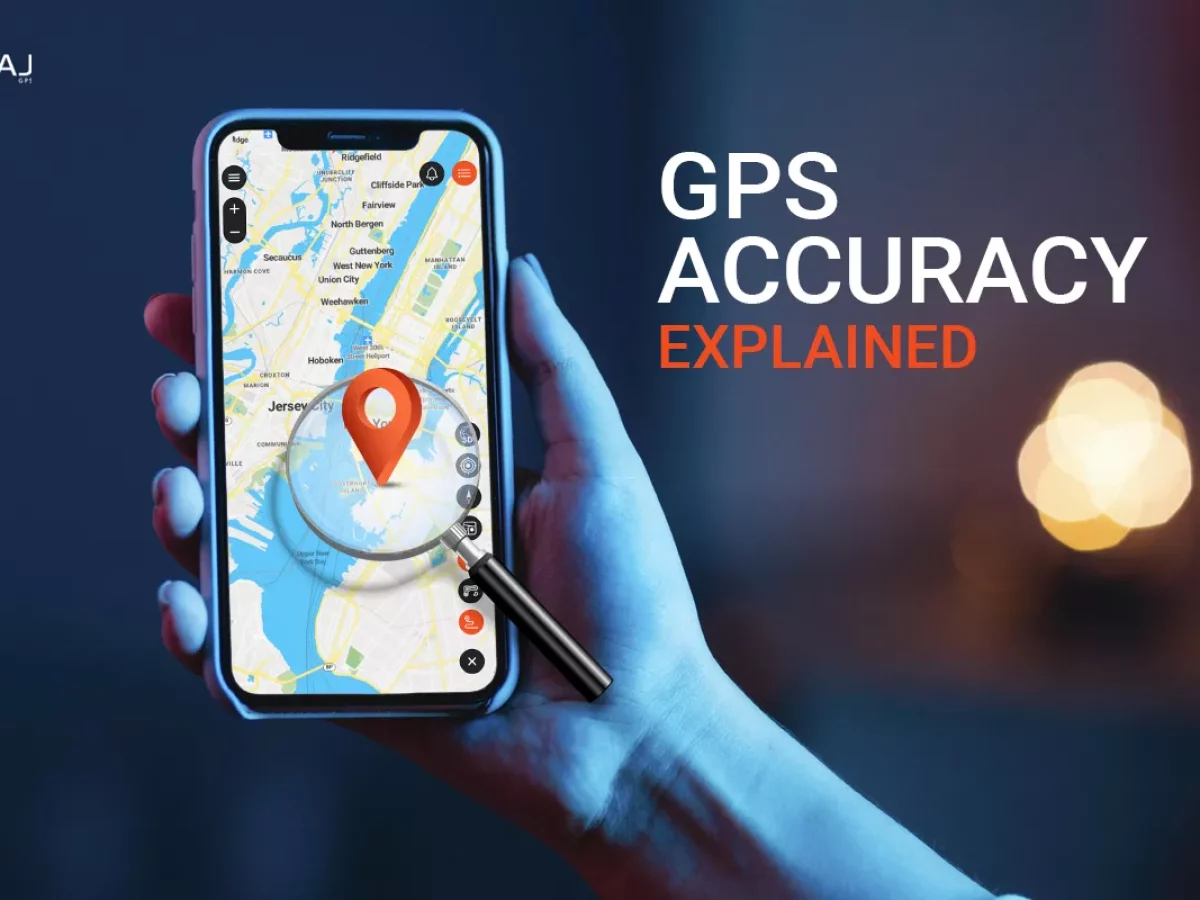Accurate is GPS

The accuracy of GPS (Global Positioning System) can vary depending on several factors, including the quality of the GPS receiver, the number of satellites in view, signal obstructions, atmospheric conditions, and the availability of augmentation systems. However, in general, GPS is capable of providing positioning accuracy within a range of a few meters to a few centimeters. Here's a breakdown of the typical accuracy levels for different types of GPS applications:
-
Standard GPS (Non-Augmented):
- Standard, non-augmented GPS can provide horizontal positioning accuracy within approximately 5 to 15 meters (16 to 49 feet) under optimal conditions.
- Vertical positioning accuracy is typically slightly lower than horizontal accuracy, ranging from 10 to 30 meters (33 to 98 feet).
-
Differential GPS (DGPS):
- DGPS improves GPS accuracy by using additional reference stations on the ground to broadcast correction signals to GPS receivers. This correction information corrects errors caused by factors such as atmospheric effects and satellite orbit errors.
- DGPS can achieve horizontal positioning accuracy within 1 to 3 meters (3 to 10 feet) and vertical accuracy within 2 to 5 meters (7 to 16 feet).
-
Real-Time Kinematic (RTK) GPS:
- RTK GPS is a highly precise positioning technique that uses a fixed base station to transmit correction data to a mobile rover receiver in real-time.
- RTK GPS can achieve horizontal positioning accuracy within a few centimeters (less than an inch) and vertical accuracy within a few centimeters as well.
-
Carrier Phase Measurements and Precise Point Positioning (PPP):
- Carrier phase measurements and PPP techniques are advanced methods used in surveying, geodesy, and other applications requiring high-precision positioning.
- These techniques can achieve horizontal and vertical positioning accuracy within a few millimeters to centimeters.
It's important to note that achieving the highest levels of accuracy often requires specialized equipment, additional infrastructure, or post-processing of GPS data. Additionally, factors such as multipath interference, signal blockage in urban canyons or dense foliage, and ionospheric and tropospheric effects can affect GPS accuracy in certain environments.
Thank you,
